The galaxy 9io9 is seen as it was when the cosmos was just 2.5 billion years old, making this the earliest galactic magnetic field ever observed.
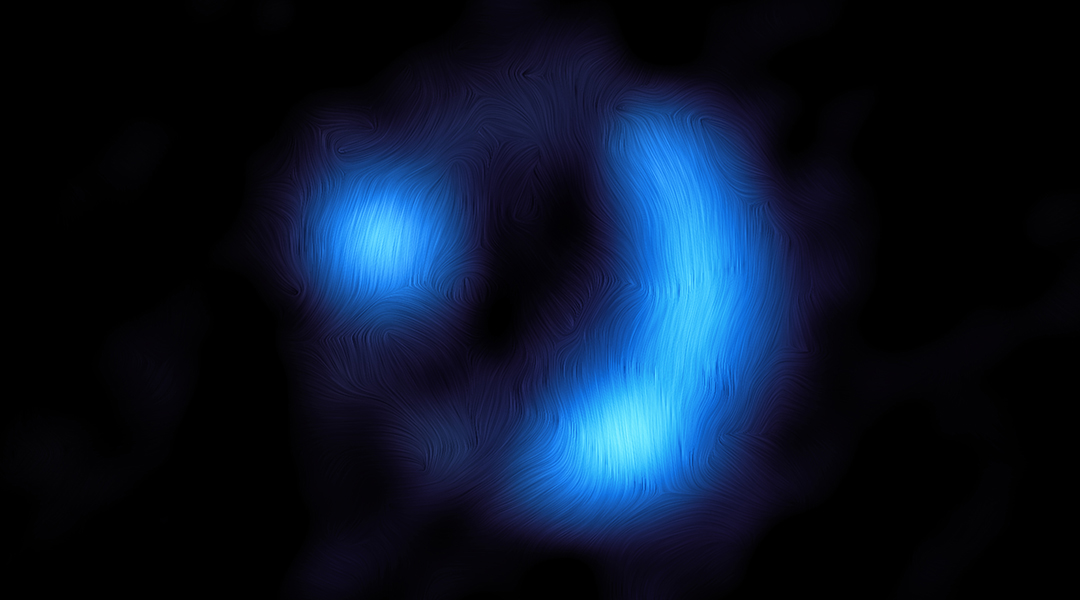

The galaxy 9io9 is seen as it was when the cosmos was just 2.5 billion years old, making this the earliest galactic magnetic field ever observed.
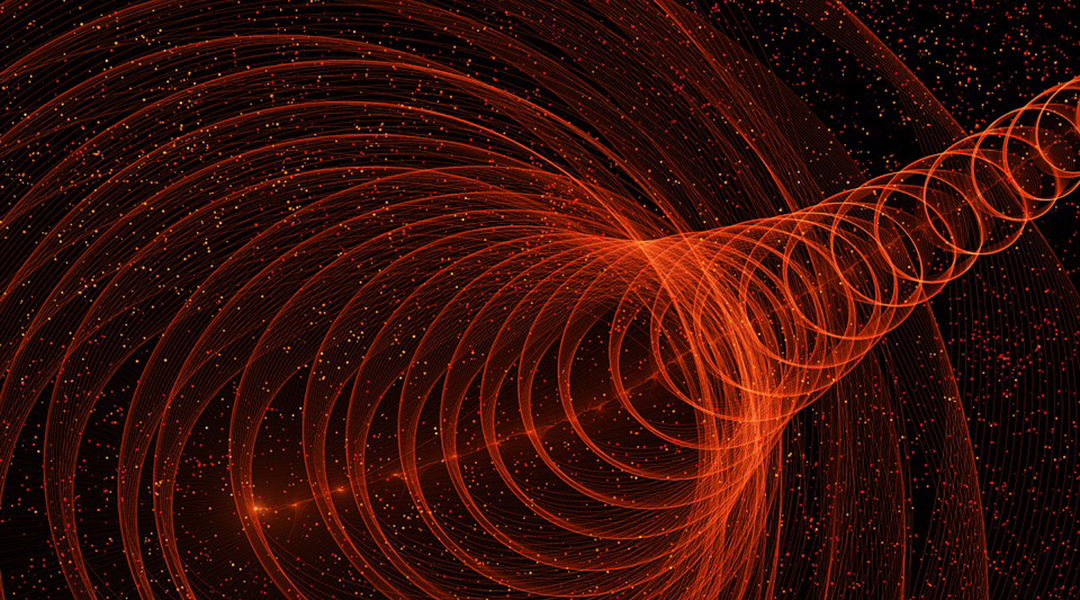
New research reveals that quantum effects defy the universality of free fall, providing a potential experimental pathway to test quantum gravity.
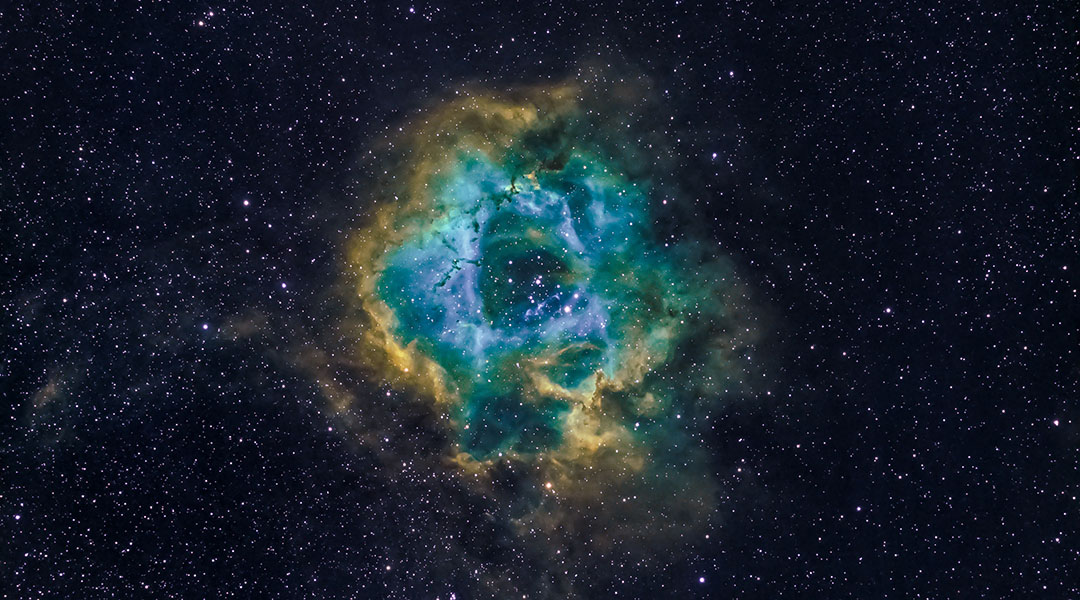
The composition of dark matter remains a mystery, but a new theory involving quantum tunneling may have eliminated some candidates.
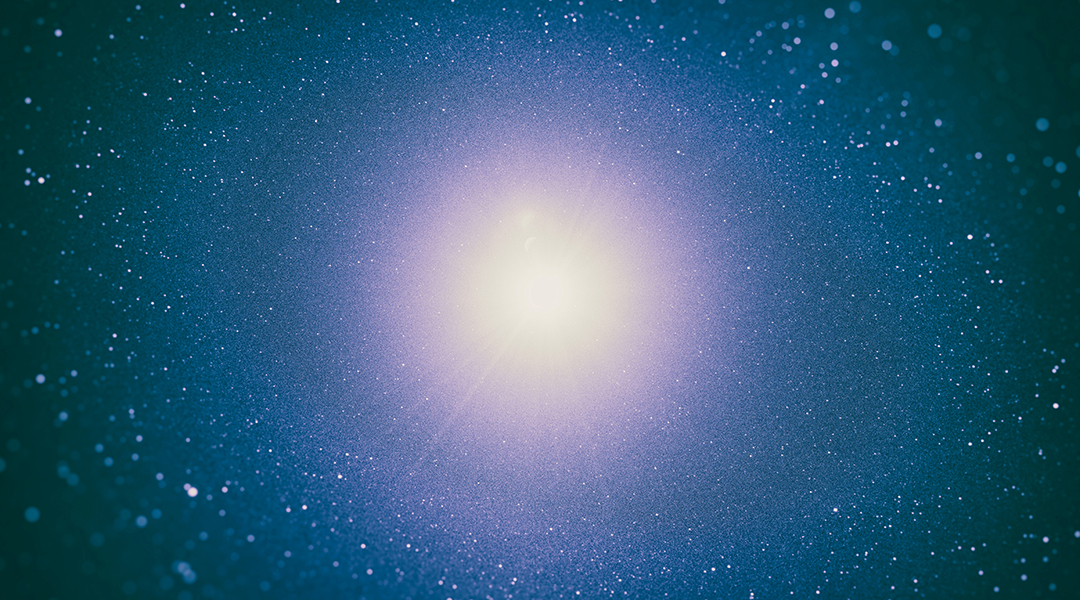
Astronomers have observed neutron stars that emit more energy than is theoretically possible, and now an explanation might be in the works.
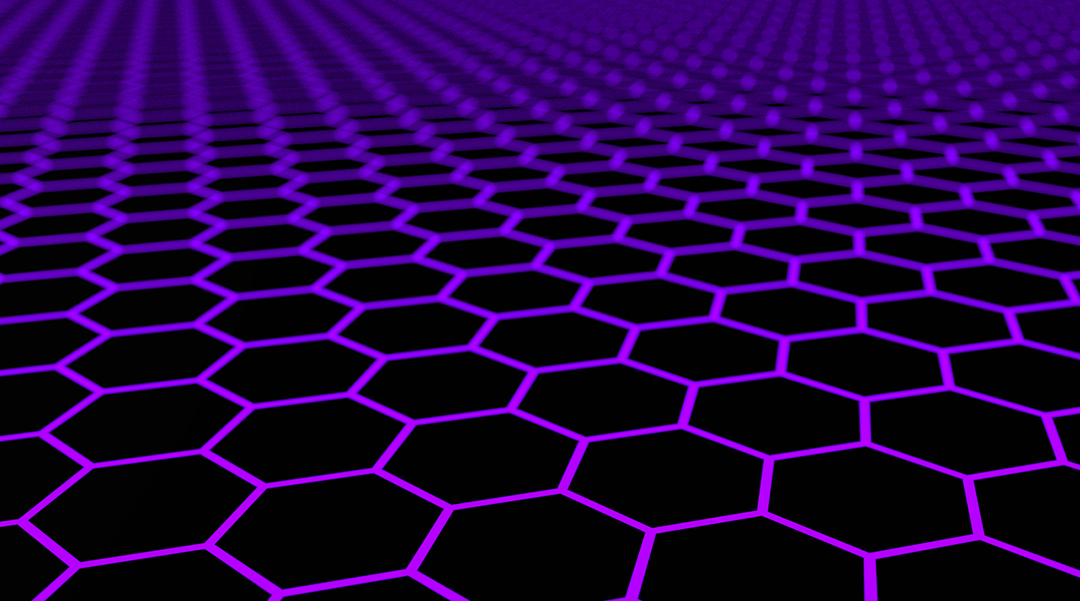
Scientists are exploring the behavior of electrons in helicoidal graphene strips, a unique form of graphene with a twisted shape.
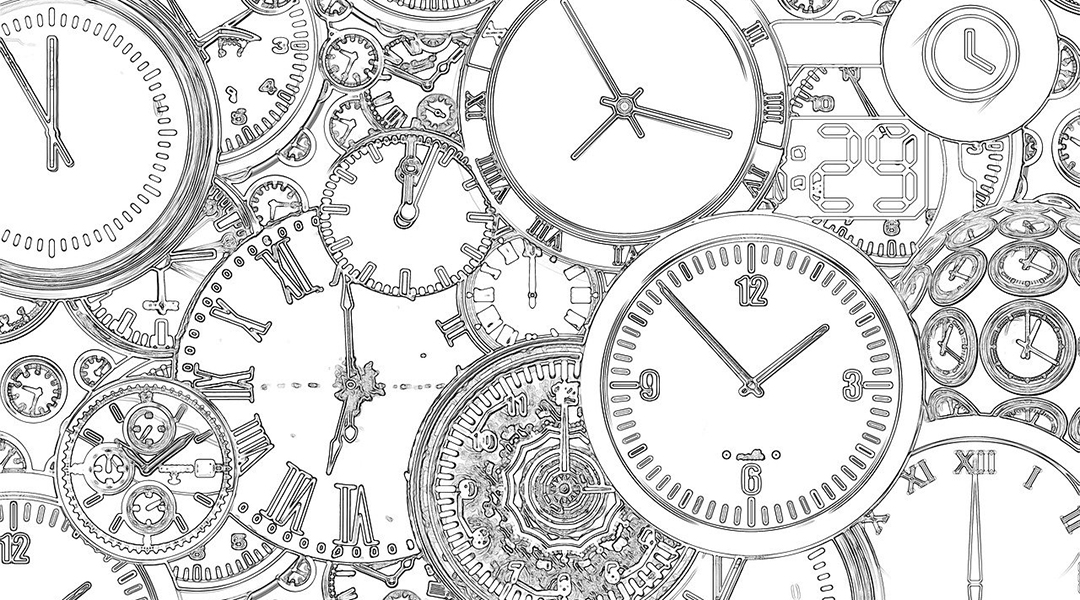
Scientists use quantum entanglement to compare two atomic clocks achieving what might be the ultimate precision possible.
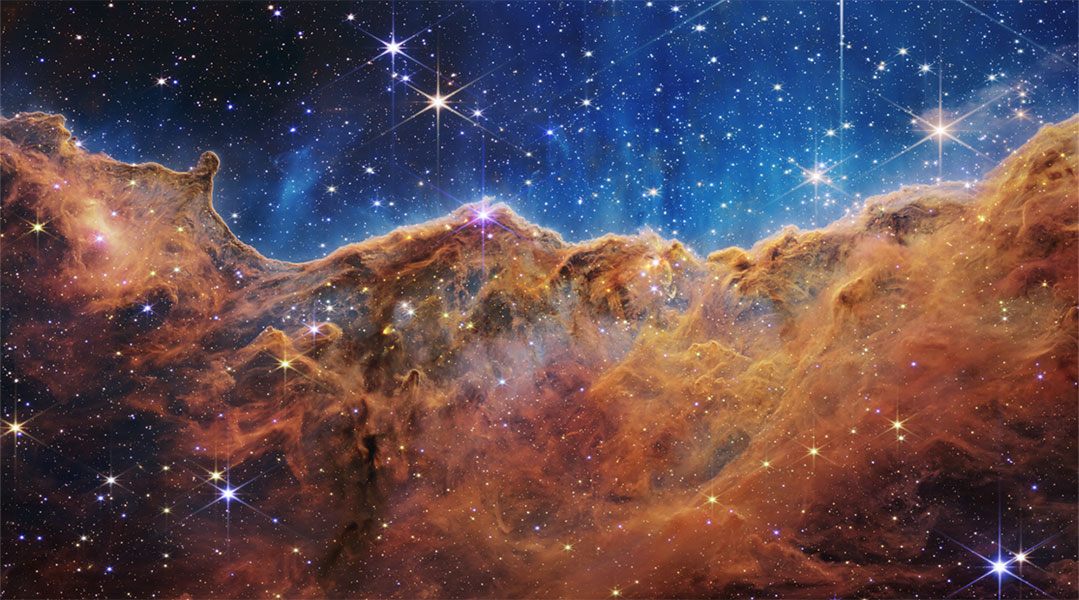
Astronomers are discovering that the rate of star formation in the universe is dropping, and they want to know why.
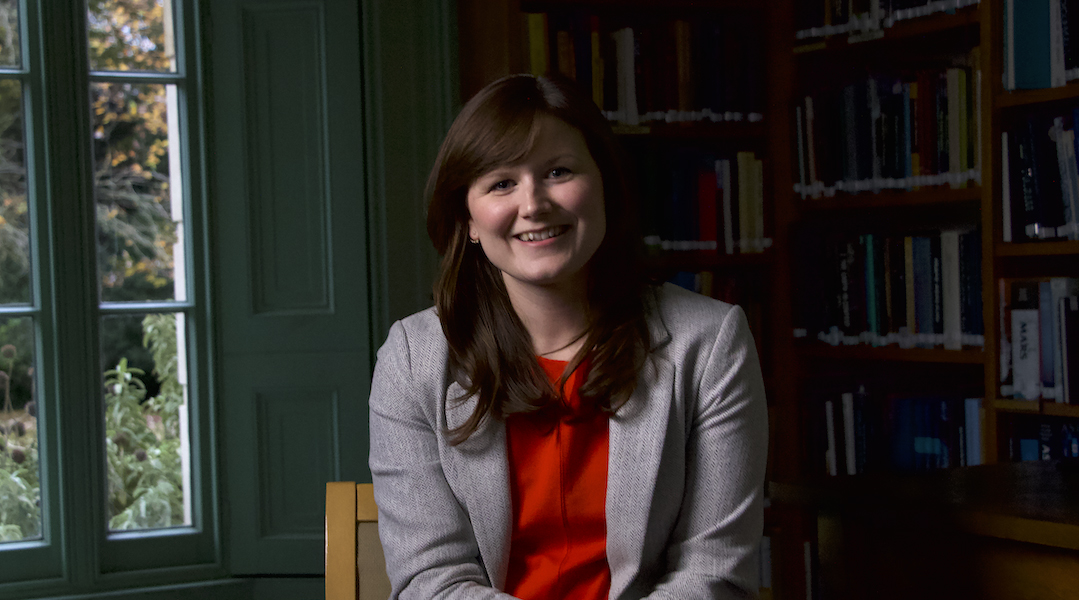
Your “friendly neighborhood astrophysicist” Becky Smethurst is enthusiastically exploring the universe and educating us along the way.
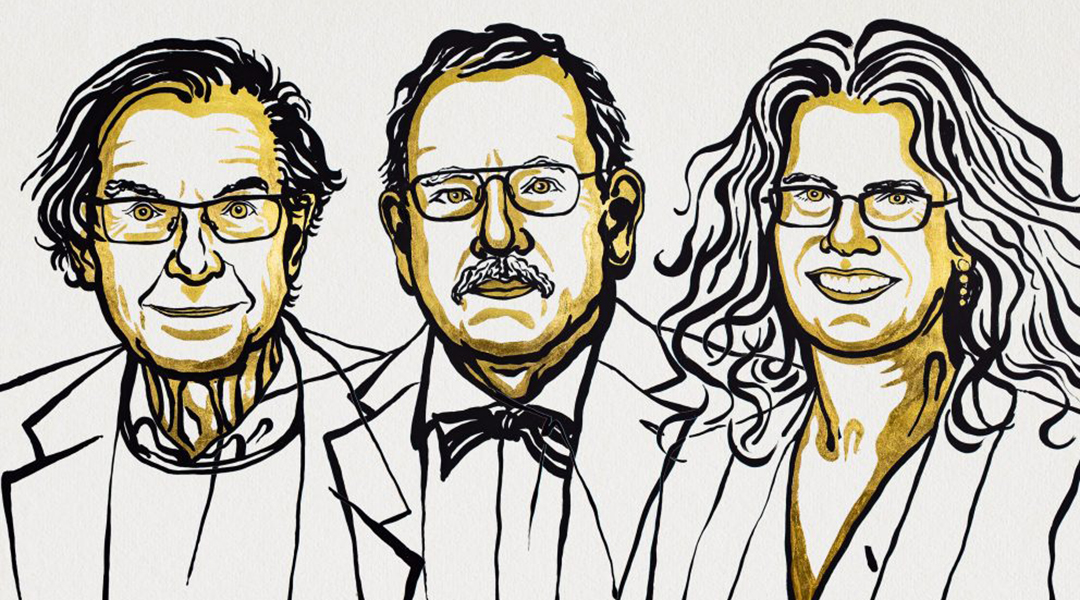
Three laureates share this year’s Nobel prize in physics for their discoveries about one of the most exotic phenomena in the universe: the black hole.
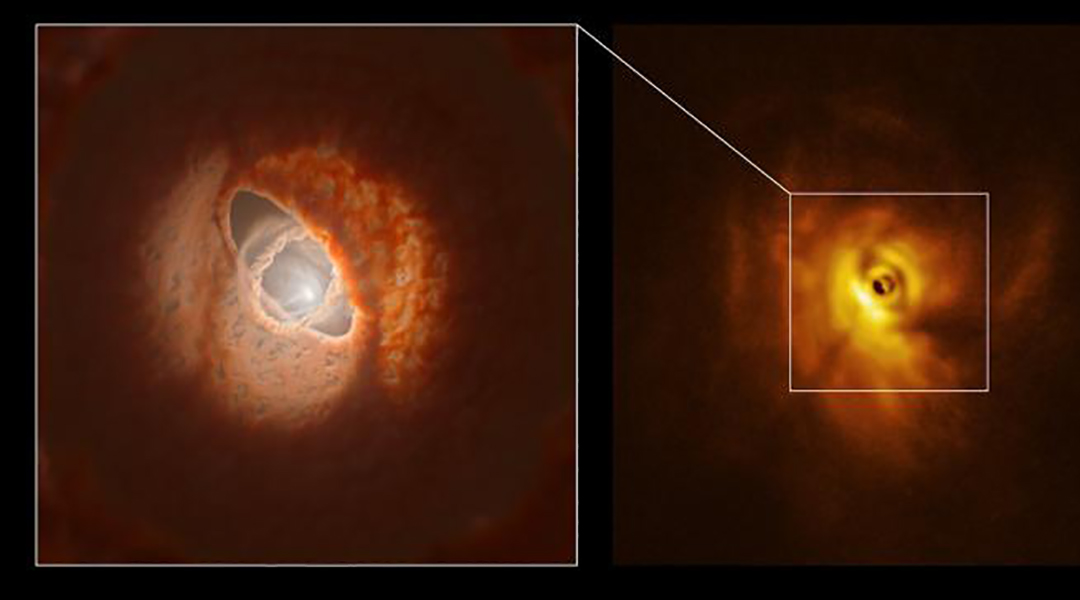
New observations allowed astronomers to see, for the first time, the shadow of GW Orionis’ inner ring, which helped them figure out its 3D orientation.